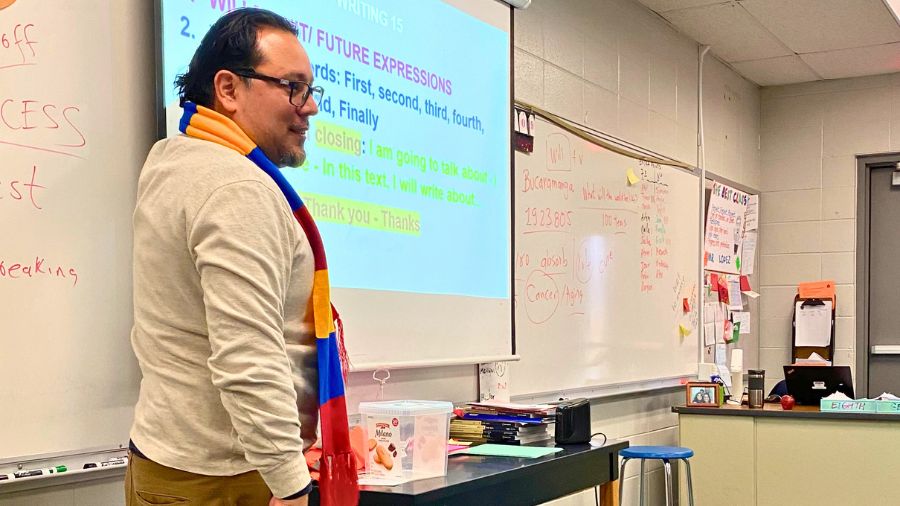Every classroom is filled with a wide range of learners. Each student comes with unique backgrounds, strengths, and needs. That is why differentiated instruction strategies are so valuable. They empower educators to meet students where they are by adjusting planning and instruction without lowering expectations.
Module 3: Differentiated Instruction equips Teachers with practical tools to make lessons more accessible while supporting students with varied academic abilities, English language proficiency levels, and learning styles. By applying these strategies, educators can better plan and provide instruction that improves student outcomes for every learner.
Why Differentiated Instruction Strategies Matter
Teaching in diverse classrooms requires flexibility. This module highlights differentiated instruction strategies that streamline lesson planning, increase engagement, and help you respond to student needs in real time. These methods are especially important for international Teachers participating in BridgeUSA cultural exchange programs on a J-1 visa, who often teach in classrooms where students represent a broad mix of learning backgrounds.
Along with hands-on classroom techniques, the module also defines essential educational terms such as:
- Universal Design – designing lessons that work for all students from the start.
- IEP (Individualized Education Plan) – customized support for students with specific learning needs.
- ESL (English as a Second Language) – strategies to support multilingual learners.
Understanding these concepts helps Teachers navigate diverse classrooms with confidence and compassion.
Accommodations, Modifications, and Practical Applications
Another key component of this training is understanding the difference between accommodations (changes in how students learn) and modifications (changes in what students learn). Knowing when and how to apply each is a vital part of effective differentiated instruction strategies.
Whether you are new to differentiation or looking to refine your approach, Module 3 offers the foundation you need to build responsive and equitable learning environments. By using these strategies, Teachers – whether local educators or international Teachers on cultural exchange programs – can ensure every student receives the support needed to succeed.
Watch the full module now on the “Forms and Resources” page of Spirit’s Support Center.
Because when every student is supported, every student can succeed.
Ready to start your own journey?
If you are an international educator who dreams of teaching in the United States, Spirit Cultural Exchange can help you make it a reality. Through our BridgeUSA Teacher Program, qualified teachers are matched with US schools seeking global perspectives in their classrooms. You will receive guidance on the J-1 visa process, pre-arrival training, and year-round support throughout your cultural exchange experience.
Apply today or learn more about how to join our J-1 Teacher Program at www.spiritexchange.com. Let Spirit Cultural Exchange help you teach, travel, and grow through cultural exchange.

